Home>Gardening & Outdoor>Landscaping Ideas>How To Loosen Clay Soil For Grass
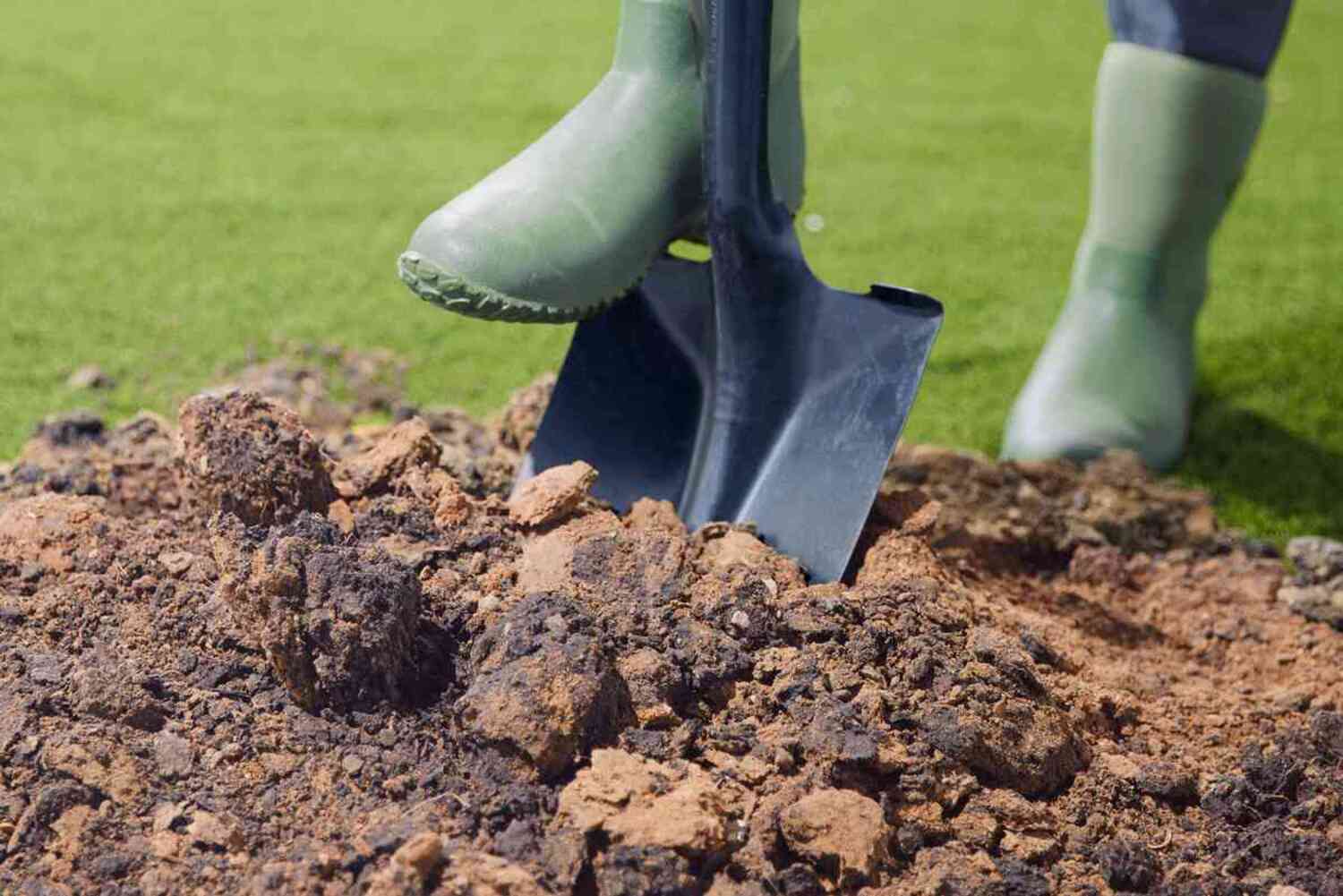

Landscaping Ideas
How To Loosen Clay Soil For Grass
Modified: February 18, 2024
Learn effective landscaping ideas to improve clay soil for grass. Discover how to loosen clay soil and create a healthy lawn with our expert tips. Achieve the lush green lawn you've always wanted!
(Many of the links in this article redirect to a specific reviewed product. Your purchase of these products through affiliate links helps to generate commission for Storables.com, at no extra cost. Learn more)
Introduction
So, you have a vision of a lush, green lawn, but there's one significant obstacle in your way: clay soil. Don't worry, though! With the right knowledge and a bit of elbow grease, you can transform that challenging clay soil into a thriving foundation for a beautiful grassy landscape. In this guide, we'll delve into the ins and outs of loosening clay soil for grass, from understanding the nature of clay soil to selecting the perfect grass variety and ensuring its successful growth. By the time you finish reading, you'll be armed with the expertise to turn your lawn dreams into a reality. Let's dive in!
Key Takeaways:
- Transforming clay soil into a thriving grassy haven requires testing its pH, adding organic matter, and choosing the right grass variety. With the right care, the once challenging clay soil can nurture a lush, vibrant lawn.
- Planting grass in loosened clay soil demands meticulous attention to detail, from soil preparation to watering and fertilization. With strategic steps and diligent care, the daunting clay soil can become a flourishing landscape.
Read more: How To Loosen Soil For Grass
Understanding Clay Soil
Clay soil is characterized by its fine particles, which pack tightly together, resulting in poor drainage and slow water infiltration. This type of soil tends to become compacted, making it difficult for plant roots to penetrate and thrive. When clay soil becomes too dry, it hardens into a dense mass, and when it's wet, it becomes sticky and malleable. These characteristics can pose significant challenges for growing healthy grass. However, with the right approach, clay soil can be transformed into a fertile environment for lush greenery.
One key factor to consider when working with clay soil is its pH level. Most clay soils tend to be more alkaline, which can affect the availability of essential nutrients for plant growth. Testing the soil's pH is a crucial step in understanding its composition and determining the necessary amendments to improve its quality.
Now that we have a basic understanding of clay soil, let's move on to the next step: testing the soil pH to gauge its current condition and identify potential areas for improvement.
Testing Soil pH
Before embarking on the journey to transform your clay soil into a thriving bed for grass, it’s essential to assess its pH level. Soil pH directly impacts nutrient availability, microbial activity, and overall plant health. Most plants, including grass, thrive in soil with a slightly acidic to neutral pH, typically ranging from 6.0 to 7.0.
To test the soil pH, you can utilize DIY test kits available at gardening stores or seek professional assistance from agricultural extension services. These kits typically involve collecting soil samples from various locations in your lawn and mixing them with the provided testing solutions. The resulting color indicates the soil’s pH level.
Once you have determined the pH level of your clay soil, you can then proceed to the next crucial phase: amending the soil to optimize its pH and create an ideal environment for grass growth. Understanding the soil’s pH sets the stage for selecting the appropriate amendments and ensures that your efforts are tailored to the specific needs of your lawn.
With the soil pH testing covered, we can now delve into the process of amending clay soil to enhance its quality and create a hospitable setting for healthy grass. Let’s explore the various methods and amendments that can help loosen and enrich clay soil, paving the way for a vibrant lawn.
Amending Clay Soil
Transforming clay soil into a welcoming environment for grass involves strategic amendments aimed at improving its structure, drainage, and nutrient content. One of the most effective amendments for clay soil is organic matter, which works wonders in loosening the soil and enhancing its fertility. Incorporating organic materials such as compost, well-rotted manure, or peat moss helps to break up the dense clay particles, allowing for improved aeration and water penetration.
Furthermore, gypsum, a naturally occurring mineral, can be utilized to address the challenges posed by compacted clay soil. Gypsum works by promoting flocculation, a process in which clay particles form larger aggregates, thereby improving soil structure and drainage. This amendment is particularly beneficial for mitigating the adverse effects of sodic clay soil, which is characterized by high levels of sodium.
In addition to organic matter and gypsum, incorporating coarse sand into the clay soil can aid in enhancing its drainage and reducing compaction. However, it’s important to exercise caution when adding sand, as excessive amounts can lead to the formation of a concrete-like substance when combined with clay.
Once the amendments have been incorporated, it’s crucial to thoroughly mix them into the clay soil to ensure even distribution. This can be achieved through tilling or digging, allowing the amendments to penetrate the soil and initiate the transformation process.
By amending the clay soil with organic matter, gypsum, and appropriate amounts of sand, you can effectively loosen the soil, improve its structure, and create an optimal foundation for healthy grass growth. With the soil now primed for nurturing grass, the next step is to select the right grass variety that thrives in clay soil conditions.
Add organic matter such as compost or peat moss to clay soil to improve its structure and drainage. This will help loosen the soil and create a better environment for grass to grow.
Choosing the Right Grass
When it comes to establishing a thriving lawn in clay soil, selecting the appropriate grass variety is paramount. Certain grass species are better equipped to thrive in the challenging conditions presented by clay soil, exhibiting resilience and adaptability to its unique characteristics.
One of the most suitable grass types for clay soil is tall fescue. Known for its durability and deep root system, tall fescue can withstand the compacted nature of clay soil and exhibits good drought tolerance. Its ability to thrive in both sun and partial shade makes it an ideal choice for lawns with varying light conditions.
Another resilient grass variety for clay soil is Kentucky bluegrass. This cool-season grass is well-suited to the dense nature of clay soil and can establish a lush, thick turf when provided with proper care. Kentucky bluegrass is known for its fine texture and attractive appearance, making it a popular choice for lawns in temperate regions.
Bermudagrass, a warm-season grass, also demonstrates adaptability to clay soil, provided that the soil receives adequate sunlight. This grass variety is valued for its excellent heat tolerance and ability to spread and fill in bare areas, making it a desirable option for lawns with high traffic.
It’s important to consider the specific characteristics of each grass variety, including its maintenance requirements, tolerance to foot traffic, and climate suitability. By choosing a grass variety that aligns with the unique attributes of clay soil, you can set the stage for a flourishing lawn that thrives in its environment.
With the right grass variety selected, the next step is to embark on the process of planting grass in the newly loosened clay soil, ensuring that the groundwork is laid for successful establishment and growth.
Read more: How To Enrich Clay Soil For Grass
Planting Grass in Loosened Clay Soil
With the clay soil appropriately amended and prepared, the stage is set for planting grass and initiating the transformation of your lawn. The process of planting grass in loosened clay soil involves careful attention to detail and strategic steps to ensure successful establishment and growth.
Prior to planting, it’s essential to prepare the soil by raking it to create a smooth, level surface. This helps to remove any debris and ensures an even foundation for the grass seed or sod. Additionally, incorporating a starter fertilizer into the soil can provide essential nutrients to support the initial growth of the grass.
When planting grass seed, evenly distribute the seeds across the prepared soil, taking care to follow the recommended seeding rates for the specific grass variety. Once the seeds are spread, lightly rake the soil to cover the seeds with a thin layer of soil, promoting good seed-to-soil contact for optimal germination.
If opting for sod installation, ensure that the pieces of sod are tightly fitted together, eliminating any gaps that may hinder uniform growth. After laying the sod, gently roll the surface to secure the sod in place and promote root contact with the soil.
Following the planting of grass seed or sod, it’s crucial to water the newly planted area thoroughly. Adequate moisture is essential for seed germination and the establishment of sod roots. Consistent and gentle watering is recommended to keep the soil moist without causing waterlogging, promoting healthy root development.
With the grass successfully planted in the loosened clay soil, the next phase involves caring for the newly established grass to ensure its healthy growth and development. Let’s explore the essential steps for nurturing the newly planted grass and setting the groundwork for a vibrant and resilient lawn.
Caring for Newly Planted Grass
After planting grass in the loosened clay soil, diligent care is essential to support the establishment and growth of the newly planted grass. Proper maintenance practices during the initial stages are crucial for nurturing strong, healthy turf that can thrive in the challenging conditions of clay soil.
Watering is a fundamental aspect of caring for newly planted grass. It’s important to provide consistent moisture to the soil without saturating it. Initially, frequent, light watering is recommended to keep the soil consistently moist, promoting seed germination and sod root establishment. As the grass develops, gradually transition to deeper, less frequent watering to encourage deep root growth and drought tolerance.
Fertilization plays a vital role in providing essential nutrients to support the growth and vigor of the newly planted grass. Applying a high-quality, balanced fertilizer specifically formulated for new turf can enhance root development and overall resilience. It’s important to follow the recommended application rates and timing to avoid over-fertilization, which can be detrimental to the grass.
Maintaining the appropriate mowing height is crucial for promoting healthy grass growth. When the newly planted grass reaches the recommended mowing height, carefully mow it to encourage dense, lush turf. Avoid removing more than one-third of the grass blade length in a single mowing session to prevent stress and promote strong root development.
Monitoring the newly planted grass for signs of pests, diseases, or weed encroachment is essential for early intervention and preservation of the grass’s health. Promptly addressing any issues that arise can prevent them from escalating and impacting the newly established turf.
As the newly planted grass takes root and begins to flourish, it’s important to continue providing attentive care to ensure its long-term resilience and vitality. With the right maintenance practices in place, the grass can thrive in the previously challenging clay soil, transforming it into a lush, vibrant lawn.
With the essential care guidelines for newly planted grass covered, we can now conclude our journey of transforming clay soil into a flourishing landscape conducive to healthy grass growth.
Conclusion
Transforming clay soil into a suitable environment for healthy grass growth requires a strategic approach and a commitment to nurturing the soil and newly planted grass. By understanding the nature of clay soil, testing its pH, and implementing targeted amendments, you can effectively loosen the soil and create favorable conditions for a thriving lawn.
Choosing the right grass variety that aligns with the unique characteristics of clay soil is a pivotal step in establishing a resilient and visually appealing lawn. Whether opting for tall fescue, Kentucky bluegrass, or Bermudagrass, selecting a grass variety suited to the challenges of clay soil sets the stage for successful growth and long-term sustainability.
Planting grass in the loosened clay soil involves meticulous attention to detail, from soil preparation to seed or sod installation. Providing adequate moisture, essential nutrients, and proper care during the early stages of grass establishment is crucial for nurturing strong, resilient turf that can thrive in the challenging conditions of clay soil.
As the newly planted grass takes root and begins to flourish, ongoing maintenance practices, including watering, fertilization, and vigilant monitoring, are essential for sustaining its health and vitality. With the right care and attention, the once daunting clay soil can be transformed into a lush, vibrant lawn that enhances the beauty of your outdoor space.
Armed with the knowledge and expertise gained from this guide, you are well-equipped to embark on the journey of loosening clay soil for grass and cultivating a stunning lawn that brings your landscaping visions to life. By implementing the insights and best practices shared here, you can turn the challenges of clay soil into opportunities for creating a thriving and resilient grassy landscape.
Now, with your newfound understanding of transforming clay soil for grass, it’s time to roll up your sleeves and embark on the rewarding endeavor of cultivating a lush, green lawn that stands as a testament to your dedication and horticultural prowess. Here’s to the vibrant, flourishing lawn that awaits!
Frequently Asked Questions about How To Loosen Clay Soil For Grass
Was this page helpful?
At Storables.com, we guarantee accurate and reliable information. Our content, validated by Expert Board Contributors, is crafted following stringent Editorial Policies. We're committed to providing you with well-researched, expert-backed insights for all your informational needs.
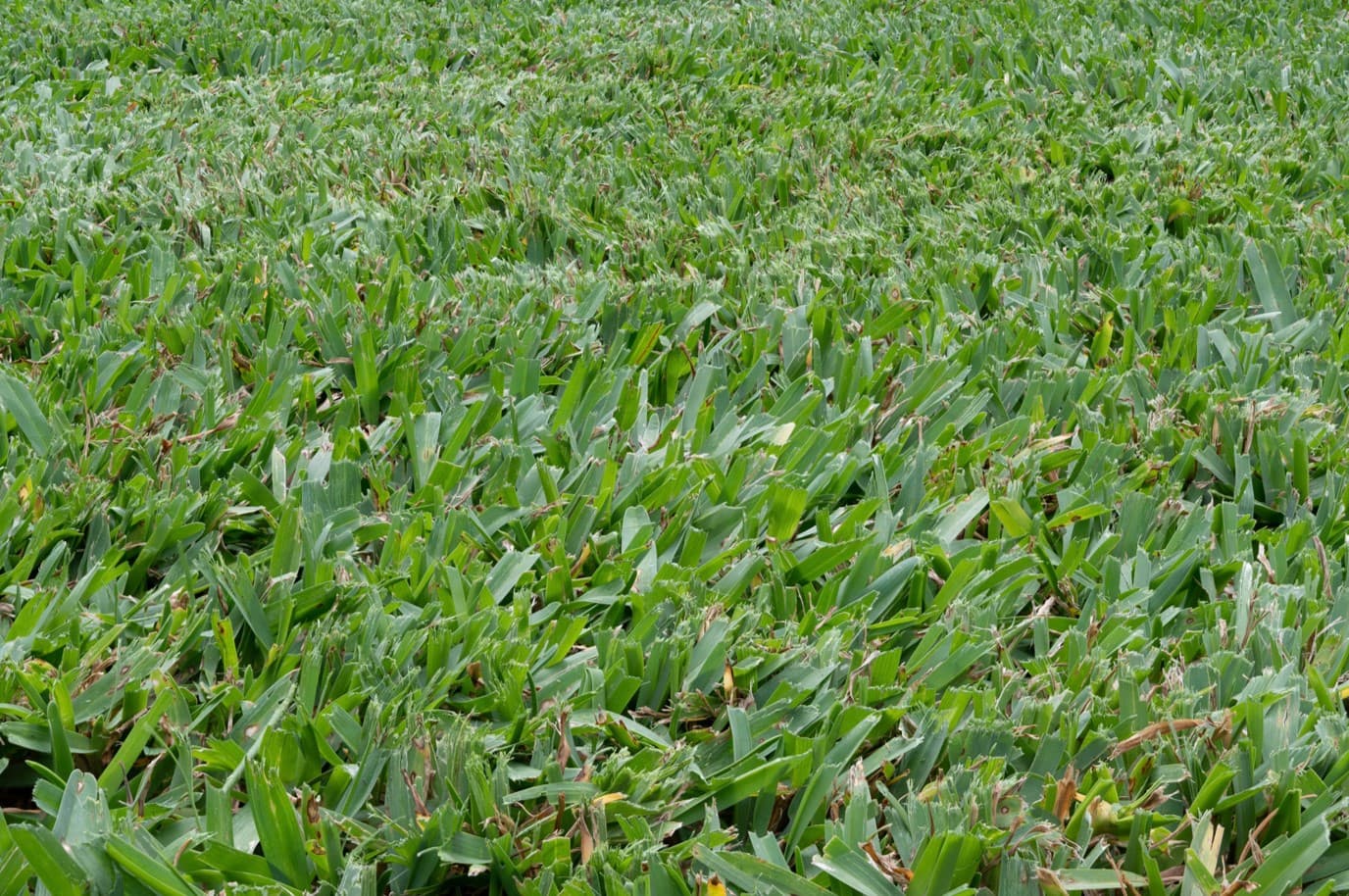
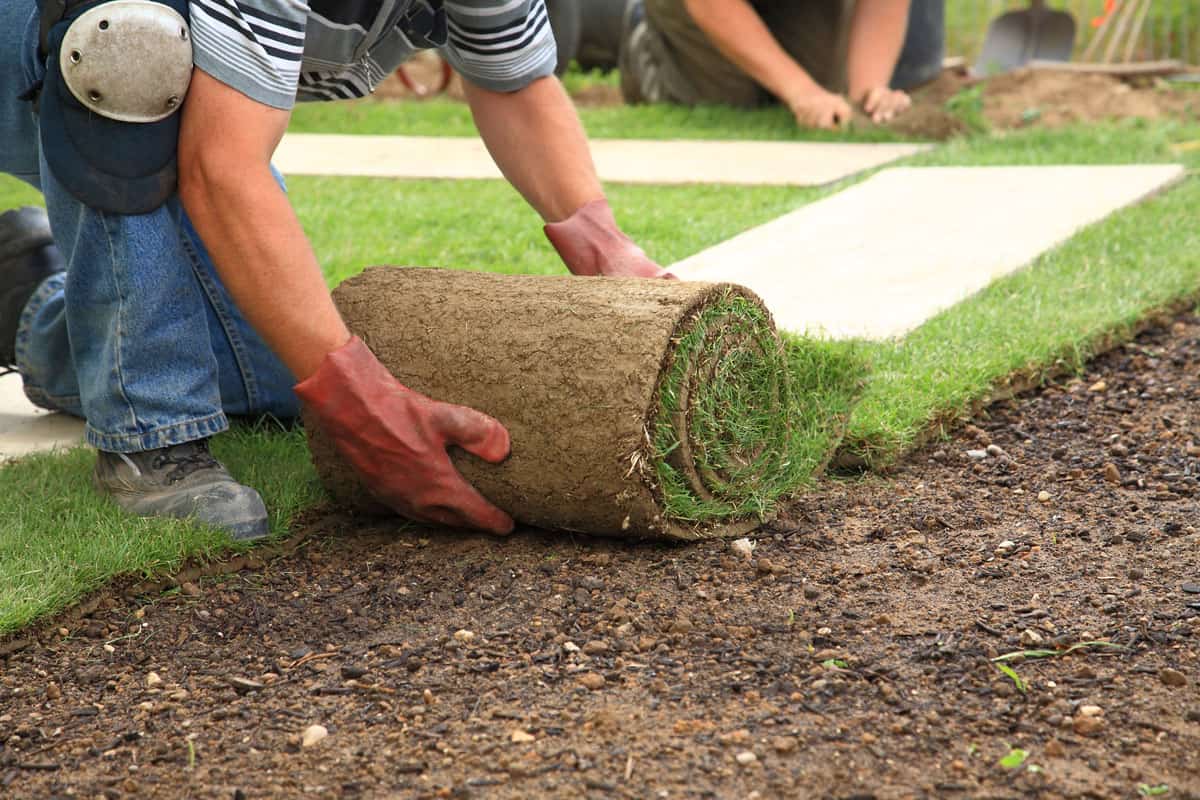
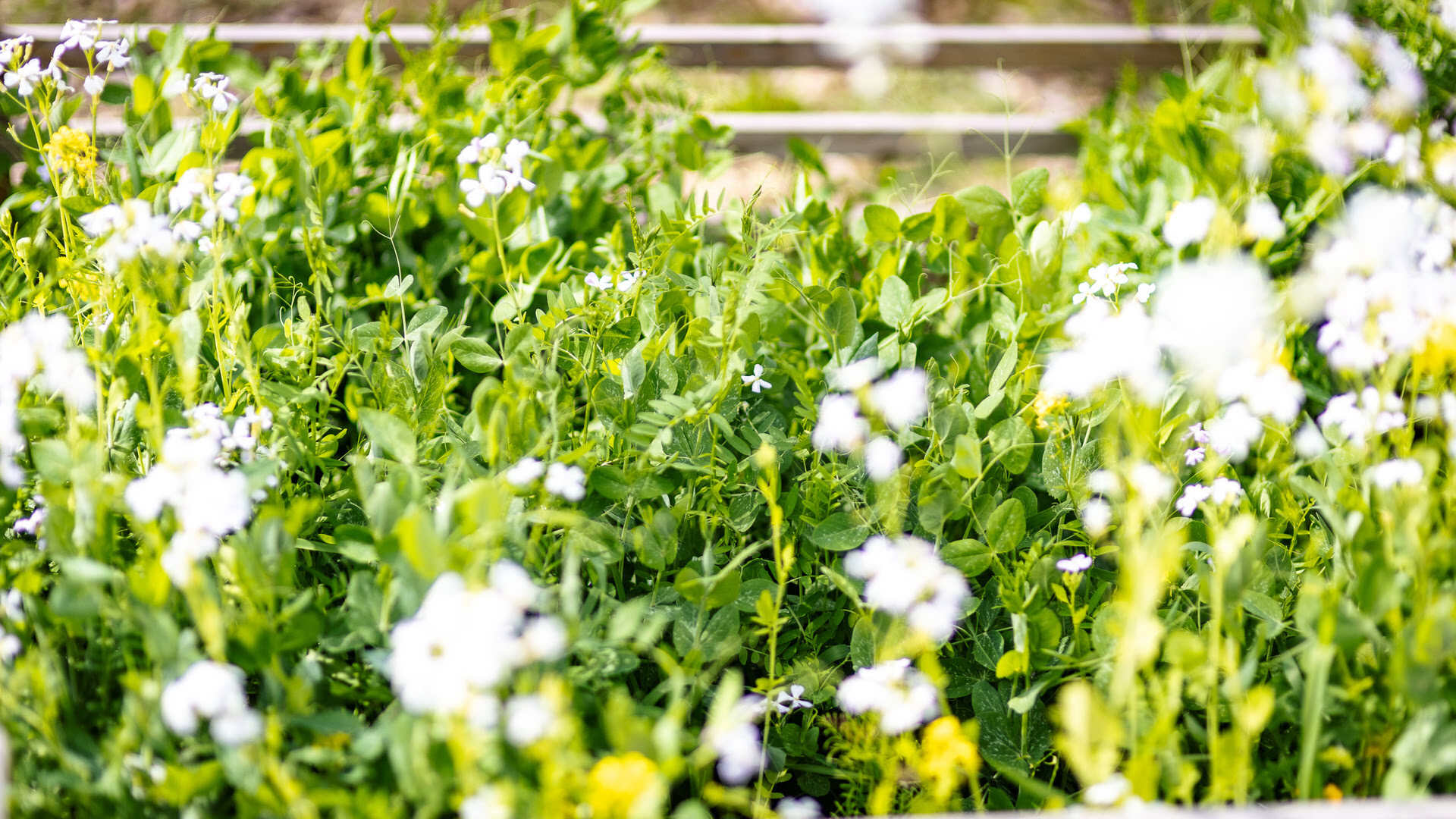
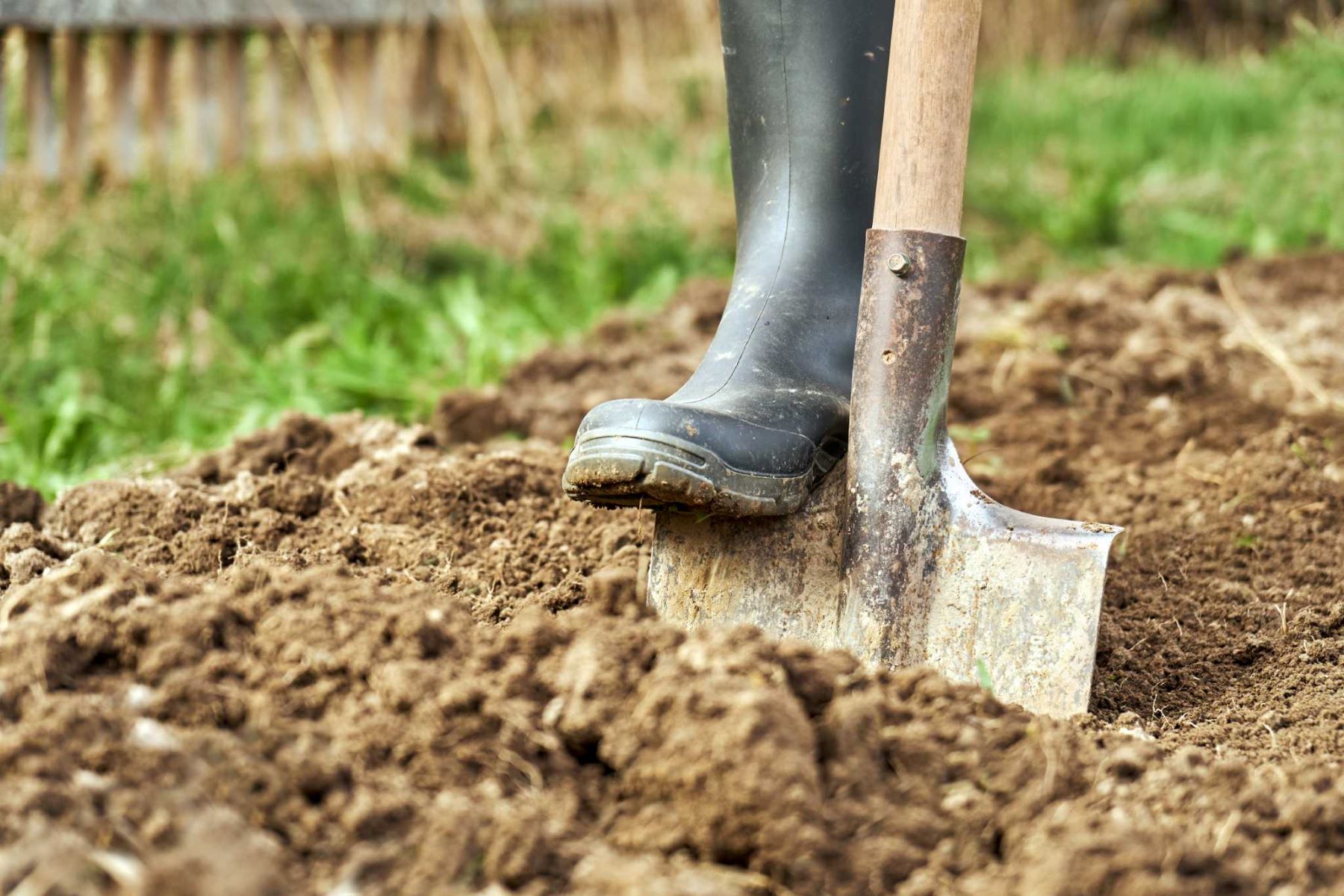
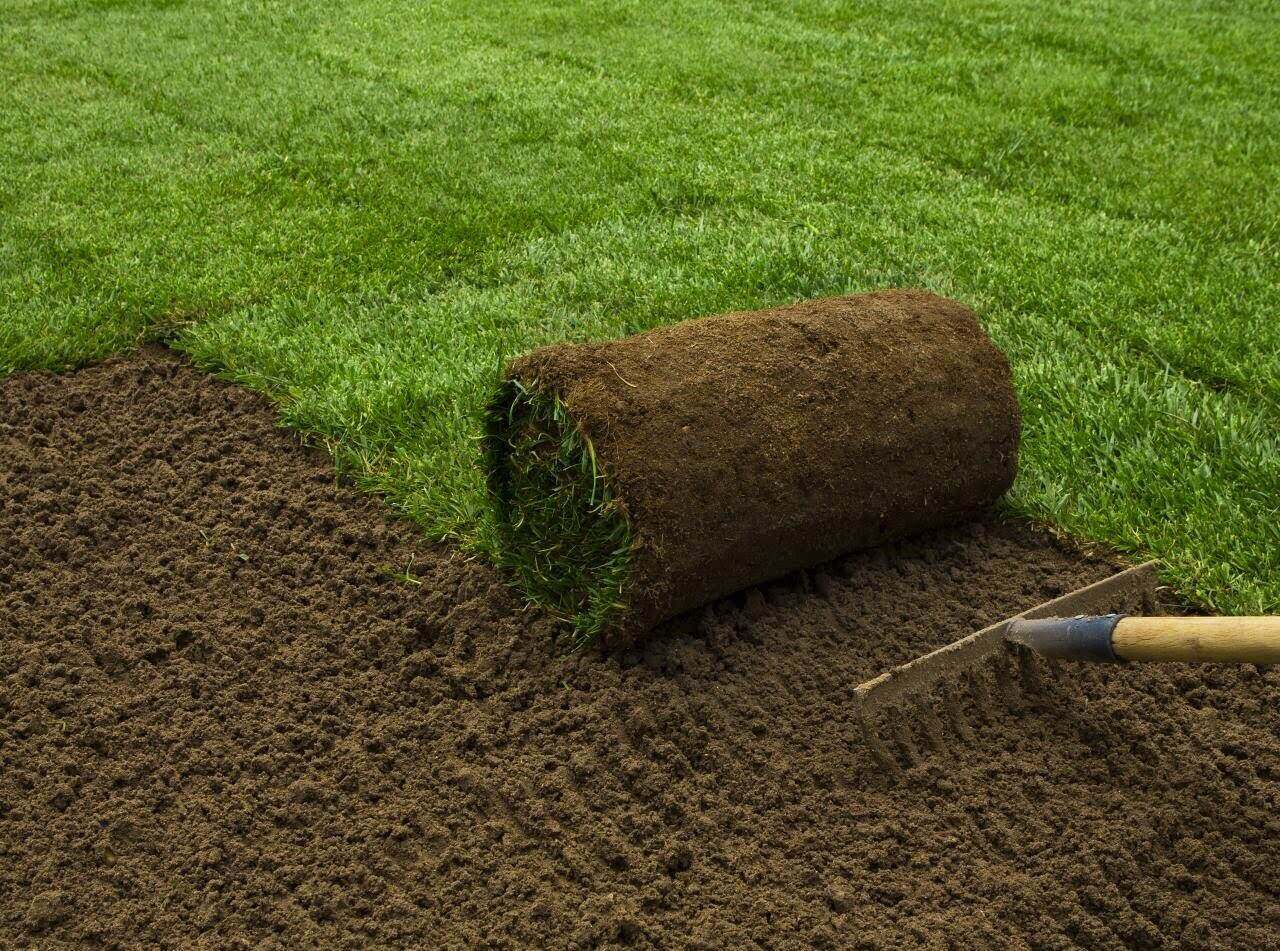
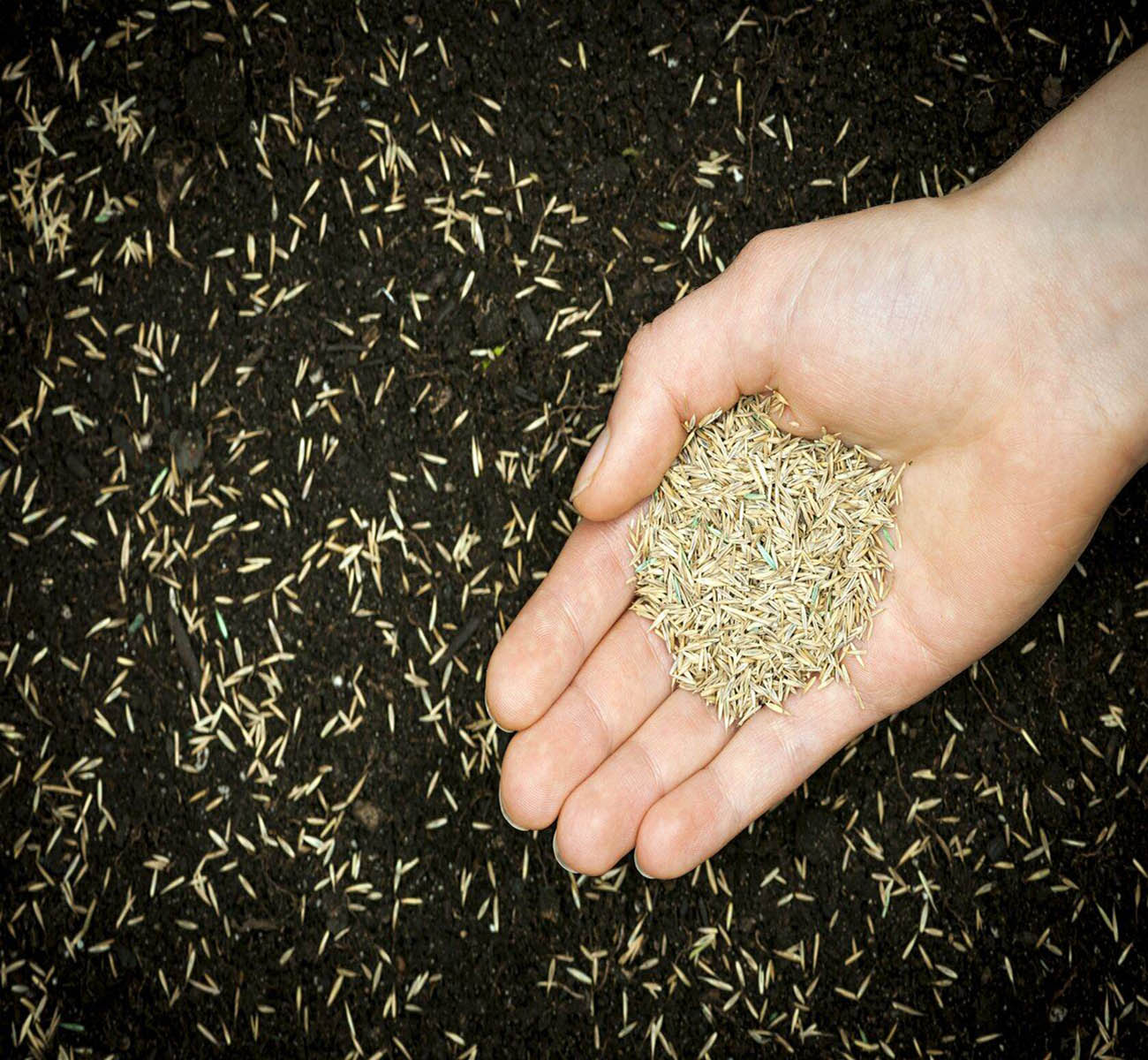
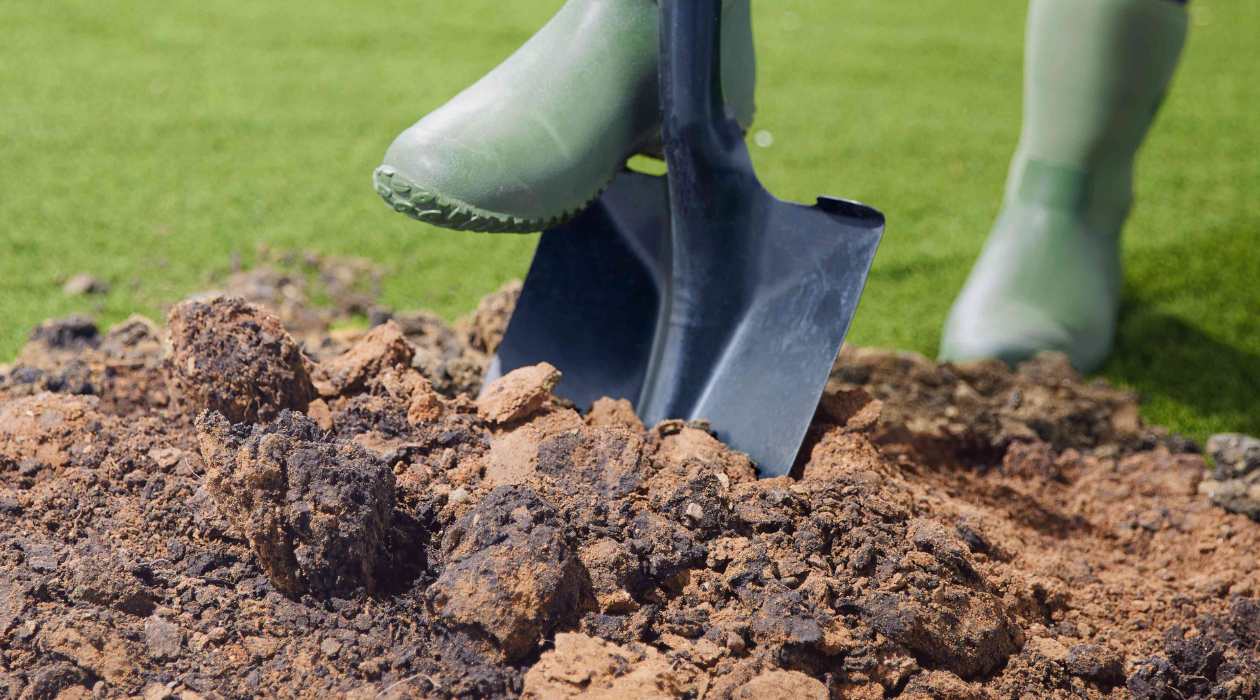

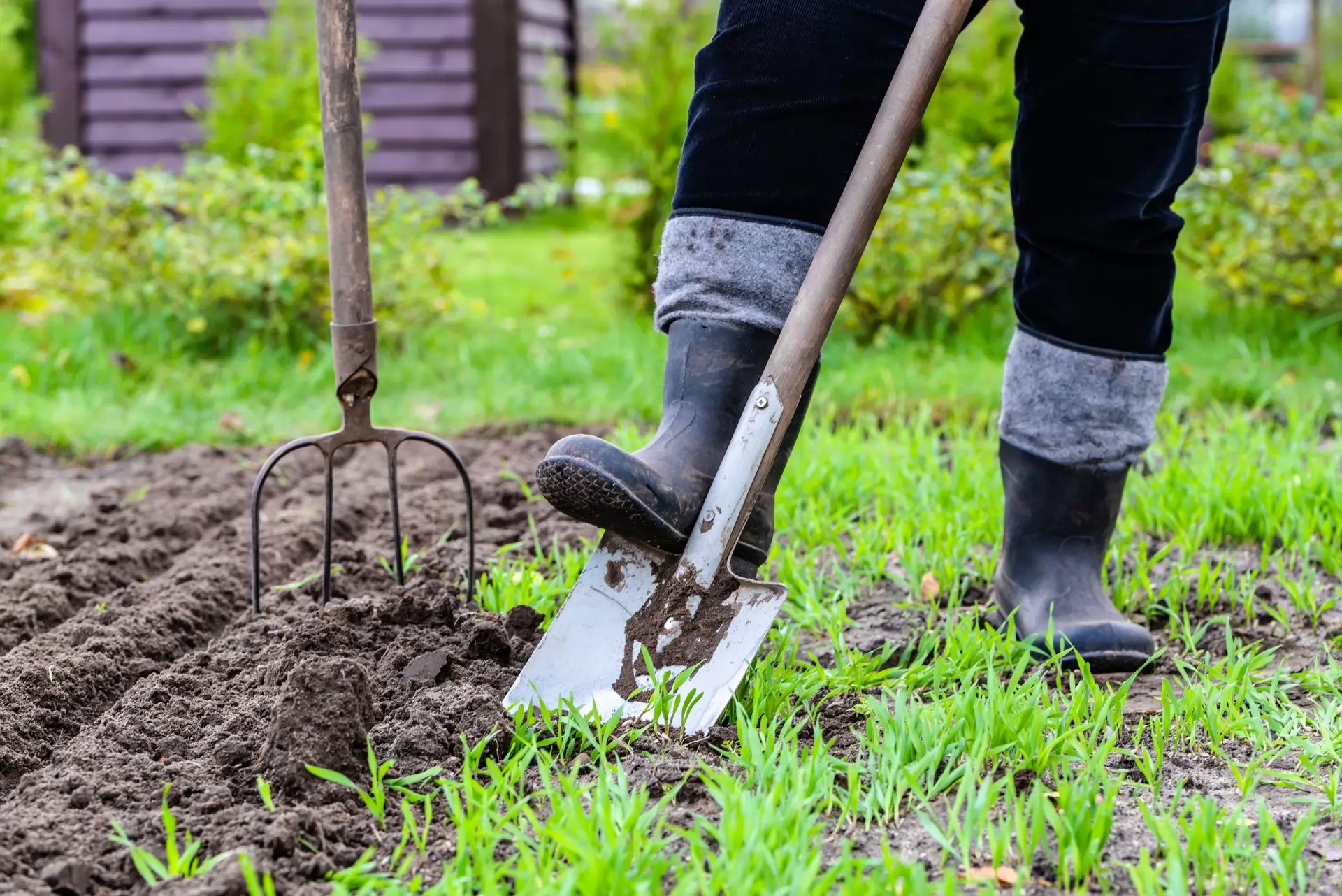
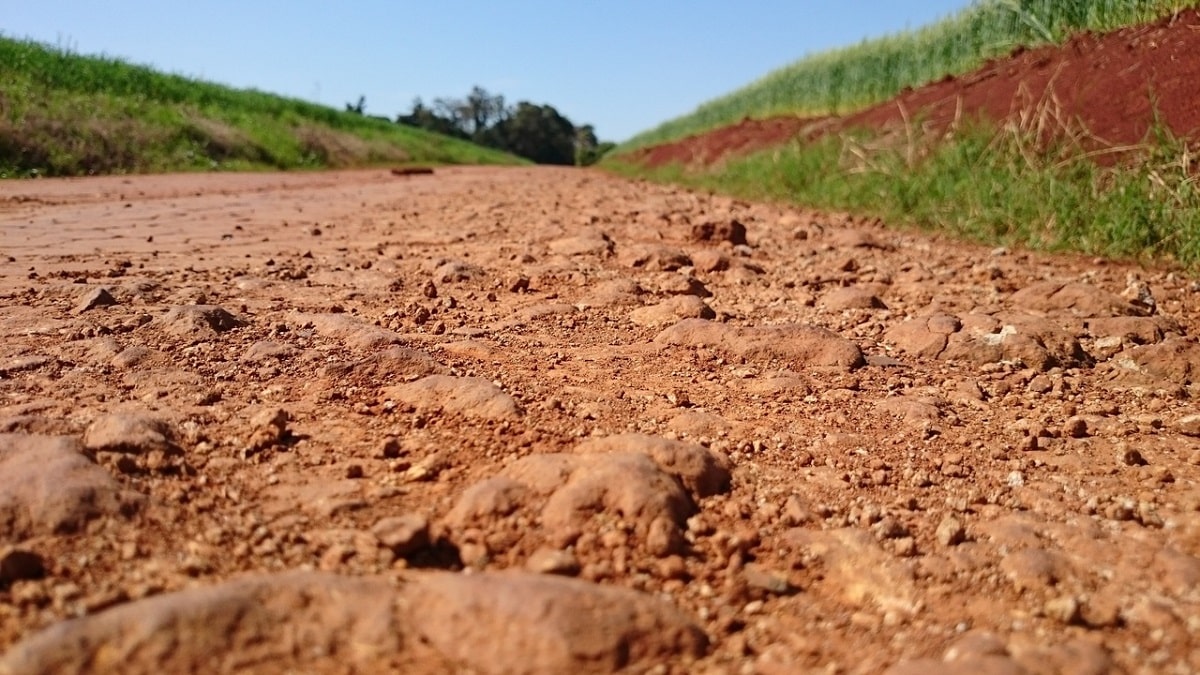
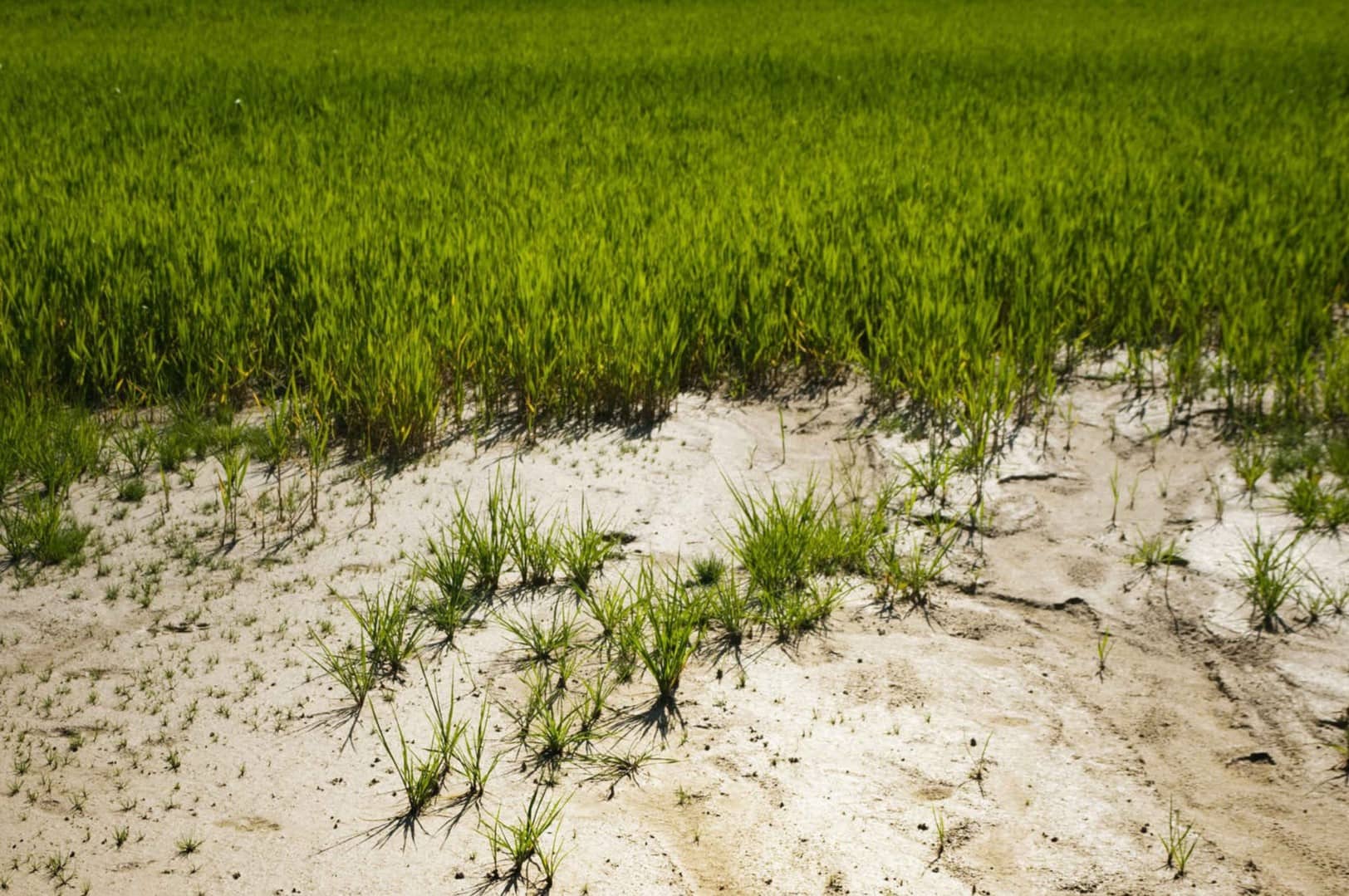
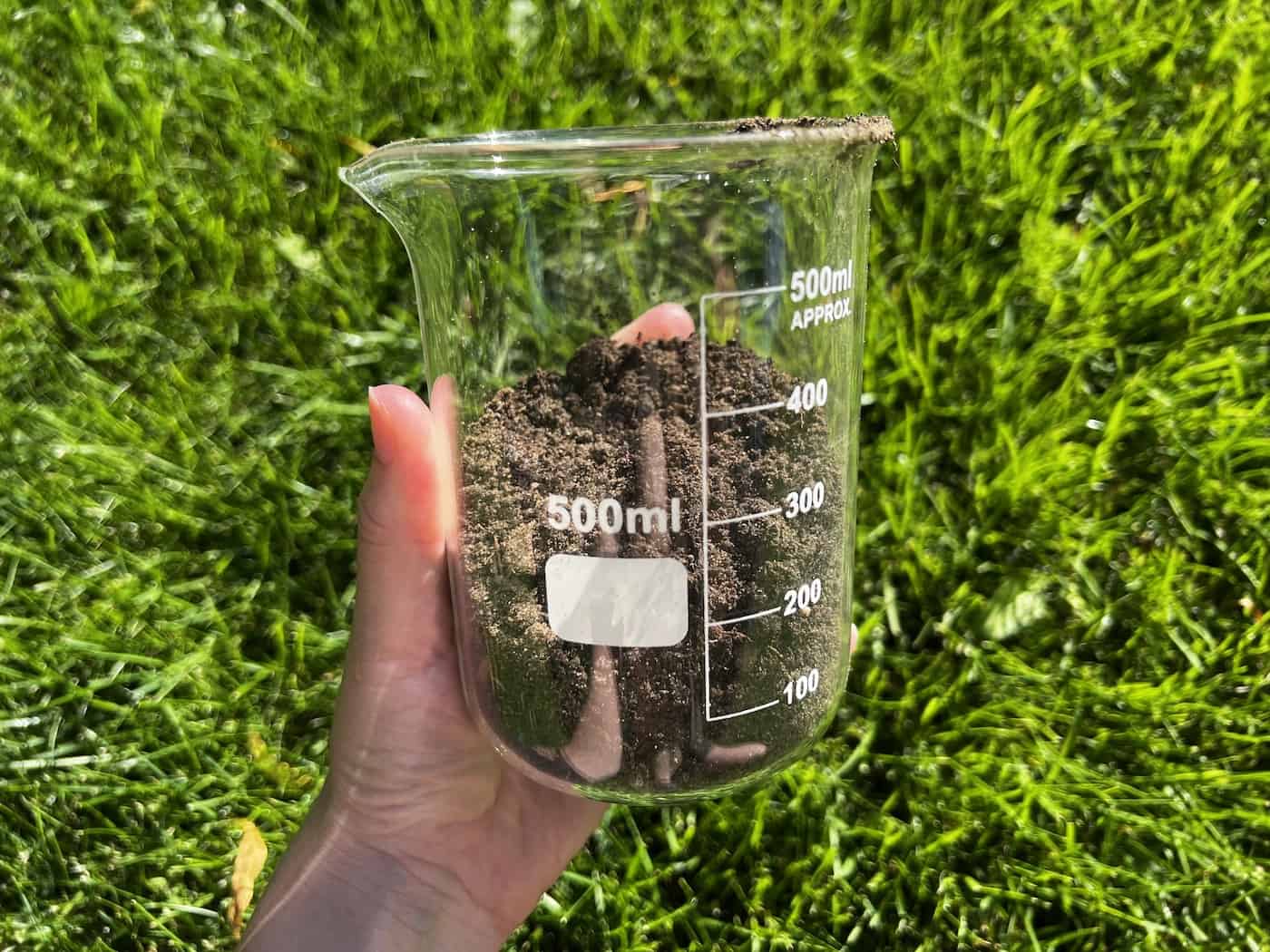
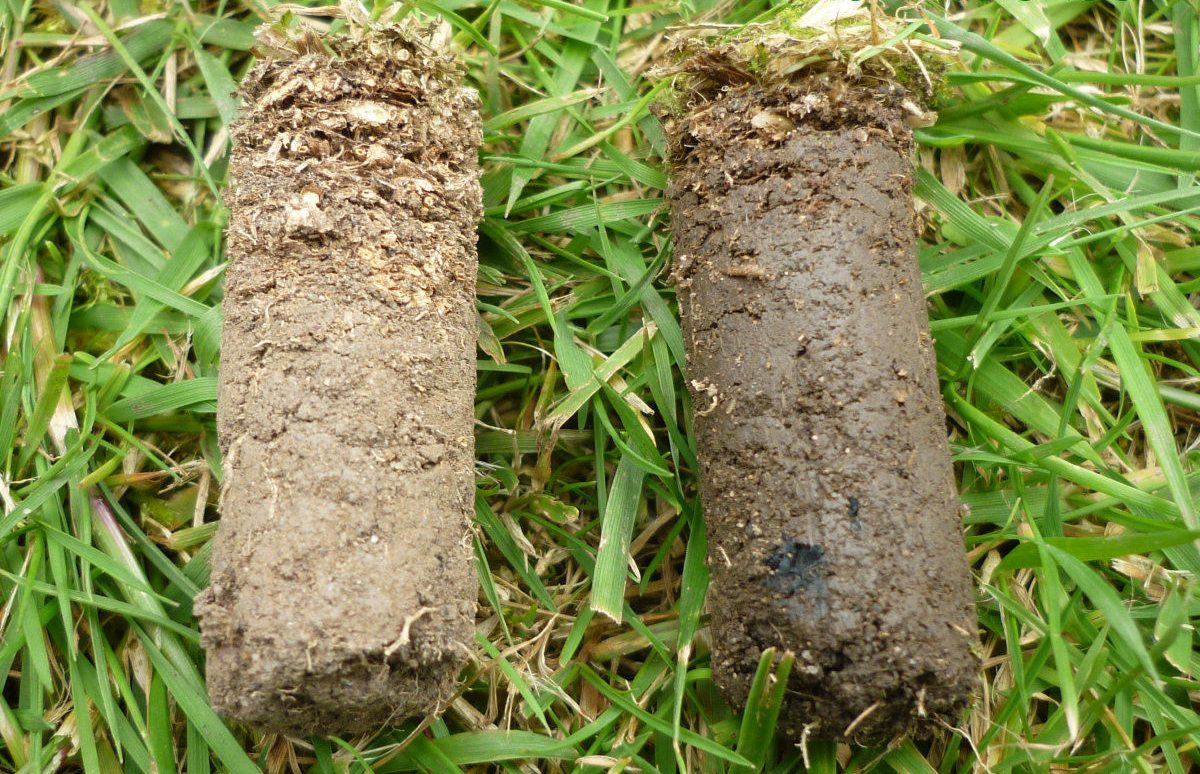
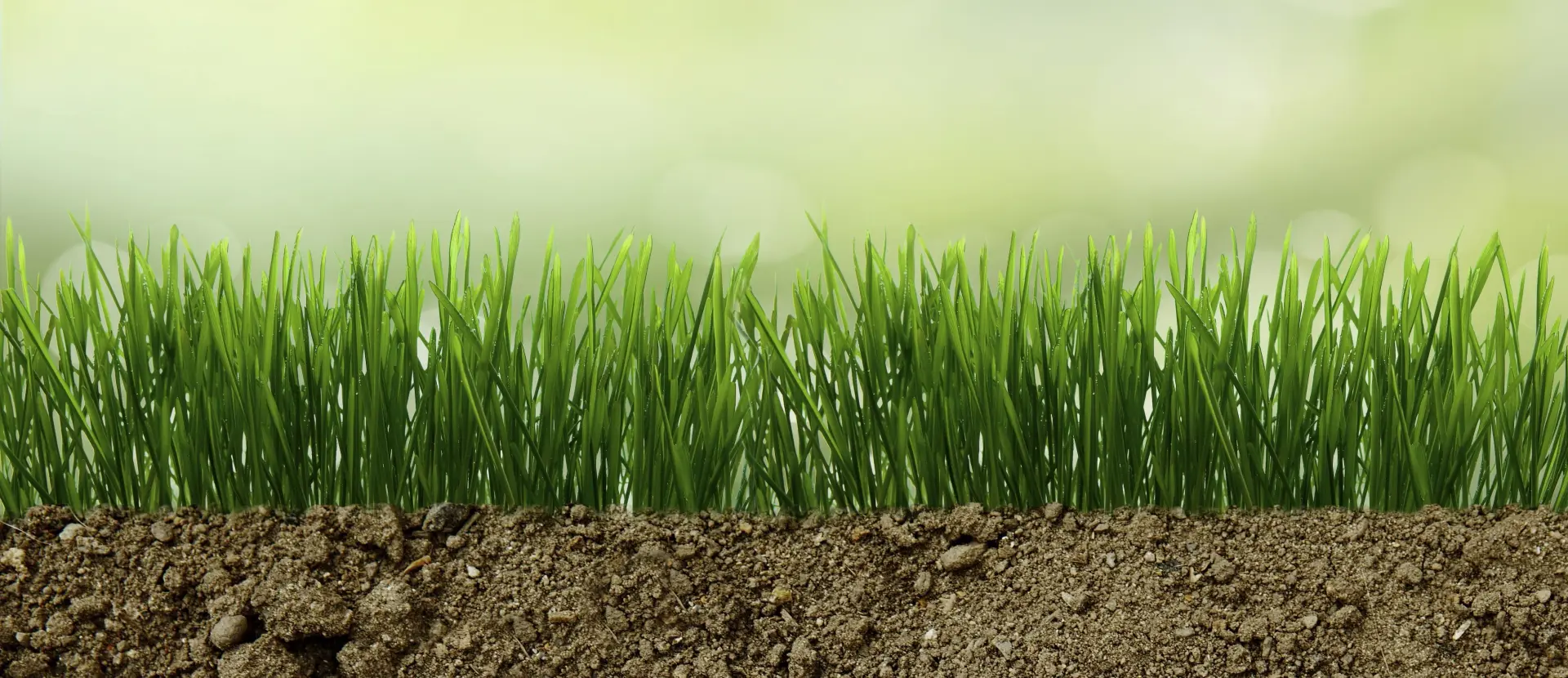

0 thoughts on “How To Loosen Clay Soil For Grass”